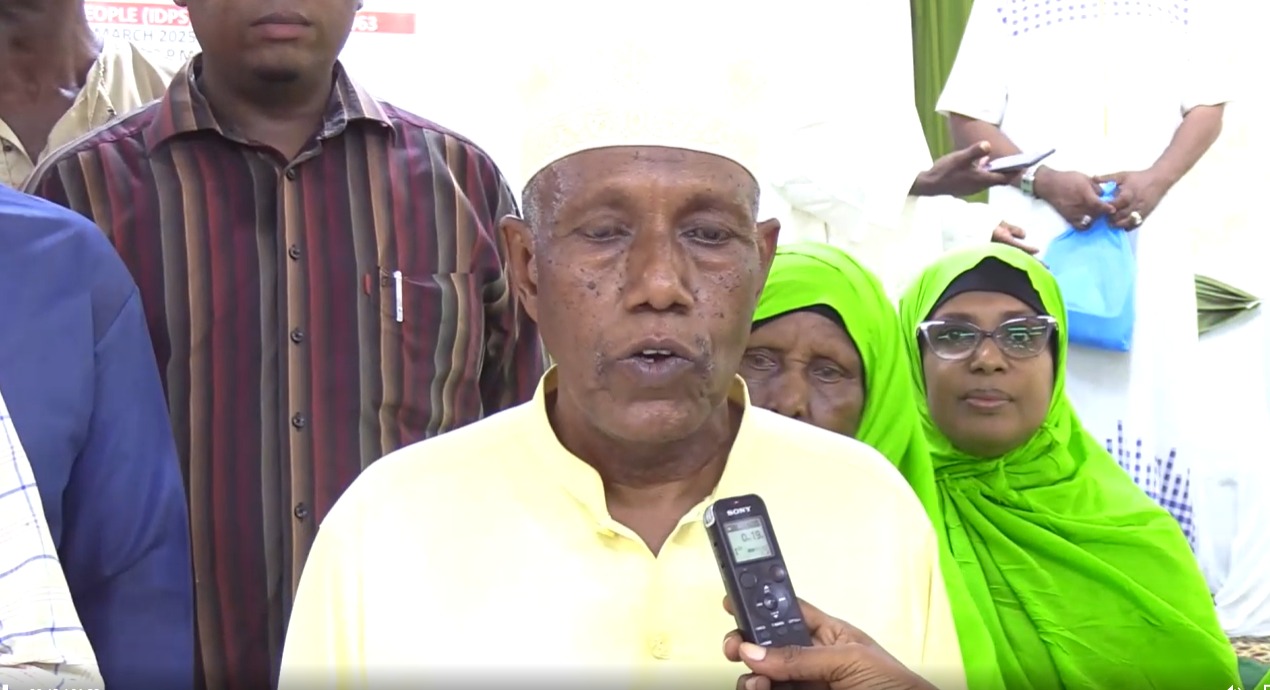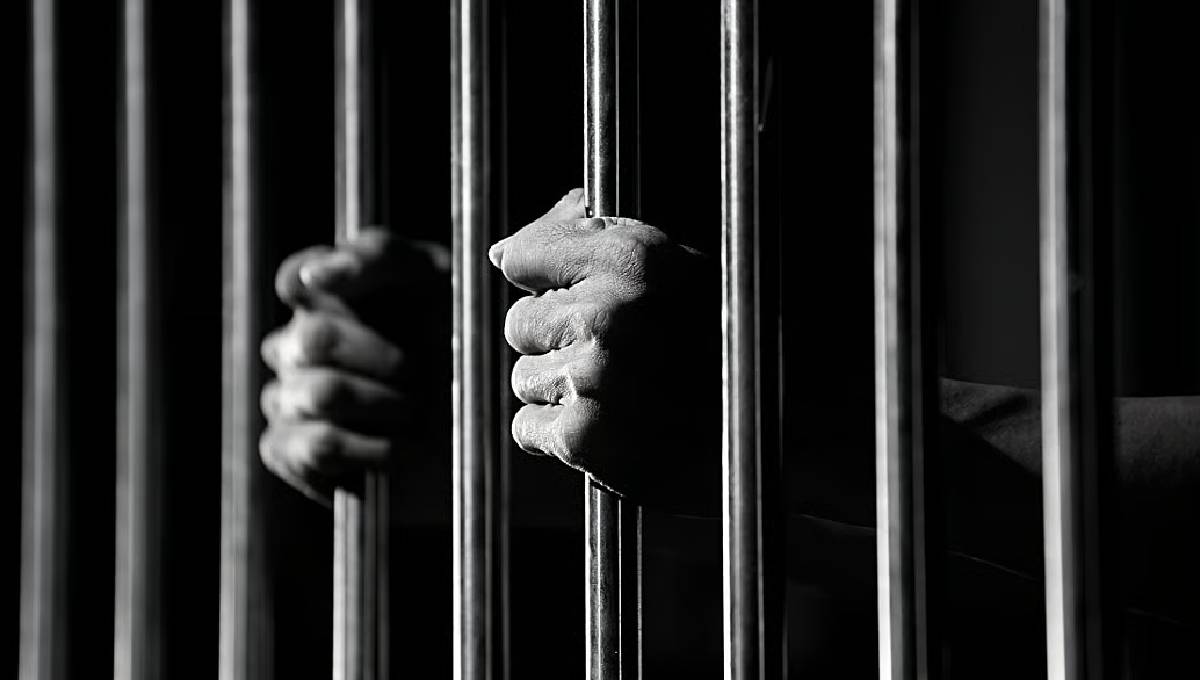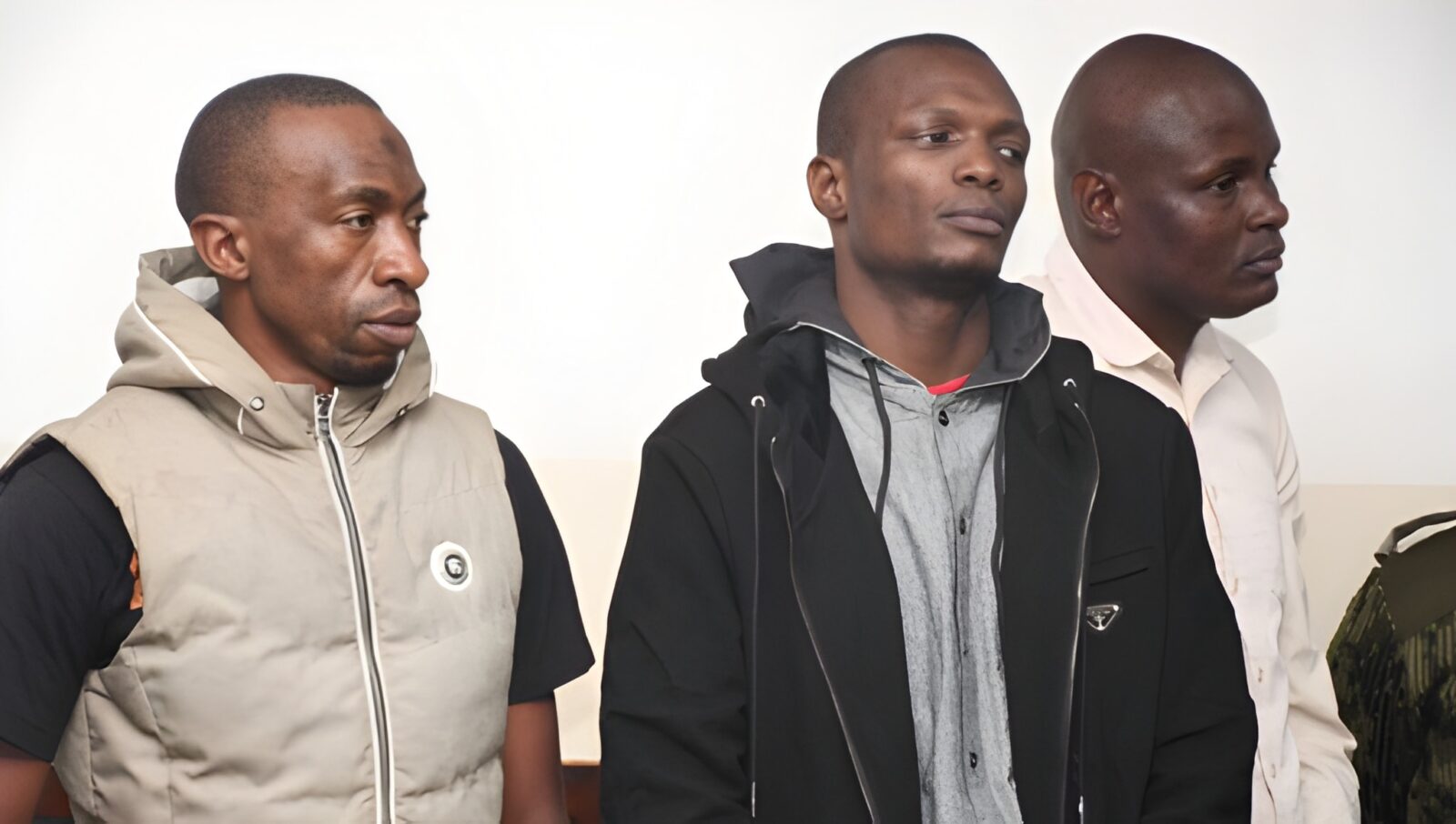The Lamu County government has launched a transformative initiative to restore displaced communities to their ancestral lands by issuing collective community land title deeds.
This effort aims to eliminate the persistent issue of professional squatters while ensuring that ancestral lands remain within the rightful communities.
Lamu land fraud
For decades, some residents have sold their individually issued land titles to outsiders at throwaway prices, only to become squatters again in search of new settlements.
To address this, the county leadership, led by the County Executive Committee Member (CECM) for Lands
Tashrifa Bakari, alongside Chief Officer for Lands Ahmed Loo and Kiunga MCA Mohamed Mbwana, engaged members of the Simambae community in Malindi.
The meeting, attended by representatives from the National Land Commission (NLC), encouraged the displaced residents to embrace the community land model and return to Lamu.

The Simambae, Rubu, and Mwambore communities were among Kenya’s first internally displaced persons (IDPs) after the 1964 Shifta War, which led to the destruction of over ten villages in Lamu East.
Other affected villages included Ishakani, Kiunga, Mvundeni, Ashuwei, Matironi, Mkokoni, Vumbe, Saadani, Kiangwe, Ndhununi, and Bodhei.
Many families scattered along the coastal strip and remained squatters for decades as their ancestral lands remained classified as public land, never surveyed or demarcated.
Preserving heritage
During a meeting at Nidhamia Hall, a 15-member committee was formed to oversee the titling process.
Ms. Bakari emphasized that the initiative is not just about land ownership—it is about protecting heritage and ensuring sustainability.
“This project safeguards the legacy of the Simambae people.
Community land ownership
By transitioning from individual land titles to community land ownership, we protect their homes from speculative sales while ensuring that future generations have a secure place for farming and sustainable development,” she explained.
She cited examples of areas like Bargoni and Vumbwe, where previous individual titling efforts had failed as residents sold their land and became squatters again.
The county is now reverting to community land ownership to prevent history from repeating itself.
Kiunga MCA Mohamed Mbwana, whose ward includes Simambae, described the project as a game-changer for the displaced communities.
Lamu legacy project
“This is not just a land project—it is a legacy project.
It restores identity, culture, and dignity. I urge all 2,000 Simambae members to return home and also register as voters to ensure they benefit from development projects,” he urged.
With the process 90% complete, the county government plans to finalize it by year-end.
Once settled, the community will benefit from essential infrastructure to support farming and sustainable livelihoods.
For residents like Abdilahi Mbwana, this marks the end of a painful chapter.
“Our forefathers were displaced in the 1960s, but today, we reclaim what is rightfully ours. Thanks to the Lamu County government, our land is now secured for future generations,” he said.











